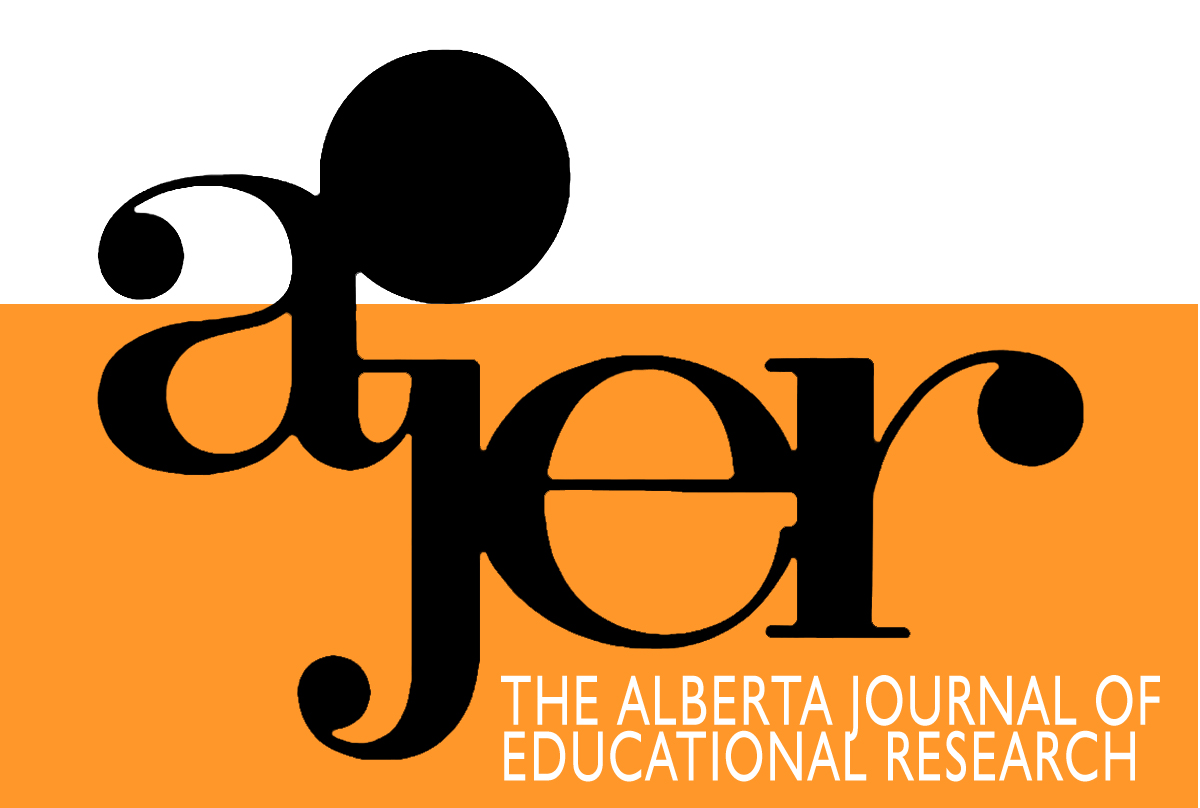Young Carers’ Educational Experiences and Support: A Roadmap for the Development of School Policies to Foster their Academic Success
DOI:
https://doi.org/10.55016/ojs/ajer.v63i1.56226Keywords:
Young Carers, Education, Service Usage, School Support, Recommendations, Mots clés, jeunes aidants, éducation, utilisation des usages, soutien de l’école, recommandationsAbstract
Young Carers (YCs) provide care for ill, disabled, or addicted family member(s) and may experience risk to their educational success. This study examined 145 YCs in Southern Ontario, aged 8-18, using surveys and found that many YCs considered school important and were doing well academically whereas some YCs’ education was negatively impacted. Correlational analyses revealed associations between caregiving time and missed school (r =.18, p = .030) as well as limit on future aspirations (r = .2120, p = .029). ANOVA analyses revealed that elementary-aged females placed higher importance on school than males (2 = .08, p = .036). Results also revealed that many YCs would use a variety of school services if offered, but over half would still prefer to maintain their caregiving role as a secret. Further findings and recommendations for supporting academic achievement are offered.
Les jeunes aidants (YC – Young Carers) qui offrent des soins aux membres de leur famille qui sont malades, handicapés ou dépendants peuvent mettre à risque leur réussite éducative. Cette étude a porté sur 145 YC vivant dans le Sud de l’Ontario et âgés de 8 à 18 ans. À l’aide d’enquêtes, nous avons trouvé que plusieurs jeunes aidants considéraient l’école importante et réussissaient bien leurs études, mais que l’éducation de certains jeunes aidants était touchée négativement. Des analyses corrélationnelles ont révélé des associations entre le temps consacré à la prestation de soins et les absences à l’école d’une part (r =.18, p = .030) et les limites sur les projets d’avenir (r = .2120, p = .029). Des analyses ANOVA ont révélé que les étudiantes à l’élémentaire accordent une plus grande importance à l’école que leurs pairs masculins (2 = .08, p = .036). Les résultats ont également révélé que plusieurs YC profiteraient de divers services scolaires s’ils étaient offerts, mais plus de la moitié d’eux préféraient garder leur rôle d’aidant secret. Nous présentons d’autres résultats et offrons des recommandations pour appuyer les performances scolaires.
Downloads
Downloads
Published
How to Cite
Issue
Section
License
UNIVERSITY OF ALBERTA COPYRIGHT LICENSE AND PUBLICATION AGREEMENT
If accepted, authors will be asked to sign a copyright agreement with the following points:
A. Where there is any inconsistency between this Copyright License and Publication Agreement and any other document or agreement in relation to the same subject matter, the terms of this Agreement shall govern.
B. This document sets out the rights you are granting in relation to publication of your article, book review, or research note entitled (the “Article”) through inclusion in the academic journal titled Alberta Journal of Educational Research (the “Journal”) published through the Faculty of Education, representing the Governors of the University of Alberta (the “Journal Editor”).
C. There will be no payment to you for this publication and grant of rights. In consideration of the agreement to publish the Article in the Journal:
1. You are warranting that:
- the content of the Article is your original work, and its content does not contain any material infringing the copyright of others; or, where the Article is not entirely your original work, you have obtained all necessary permissions in writing to grant the rights you are giving in this agreement;
- the content of the Article does not contain any material that is defamatory of, or violates the privacy rights of, or discloses the confidential information of, any other person;
- the Article has not been published elsewhere in whole or in part, and you will not allow publication of the Article elsewhere without the consent of the Journal Editor;
- the names of all co-authors and contributors to the Article are:
2. You agree to license the copyright in the Article to the Journal Editor, on a worldwide, perpetual, royalty free basis; and to the extent required by the terms of this agreement. You shall retain the right at all times to be acknowledged as the/an author of the Article.
3. You further agree that the Journal Editor has the entitlement to deal with the Article as the Journal Editor sees fit, and including in the following manner;
- The right to print, publish, market, communicate and distribute the Article and the Journal, in this and any subsequent editions, in all media (including electronic media), in all languages, and in all territories, ing the full term of copyright, and including any form of the Article separated from the Journal, such as in a database, abstract, offprint, translation or otherwise, and to authorize third parties to do so;
- The right to register copyright of the Journal;
- The right to edit the Article, to conform to editorial policy as the Journal Editor sees fit.
4. If any co-author or contributor to the Article does not sign this agreement, the Journal Editor reserves the right to refuse to publish the Article.



